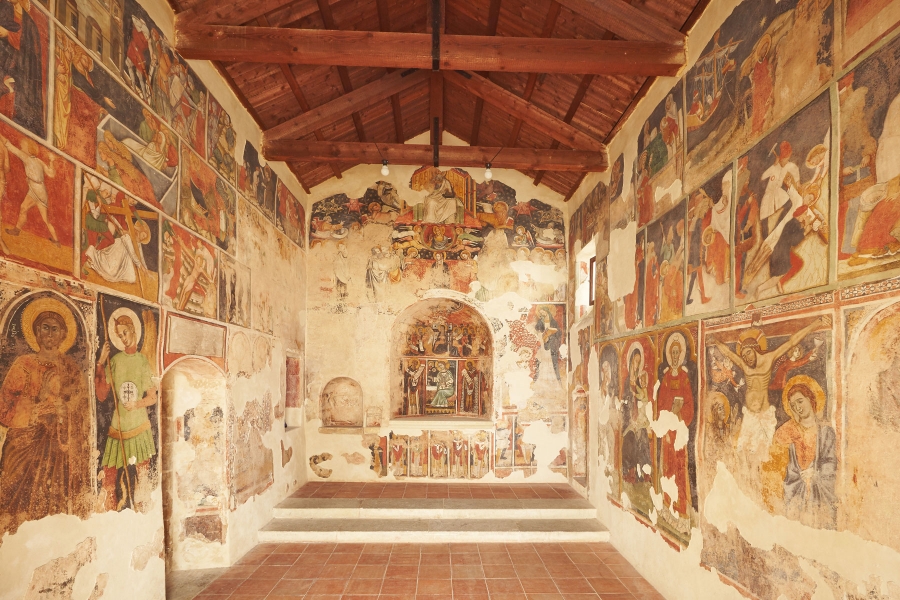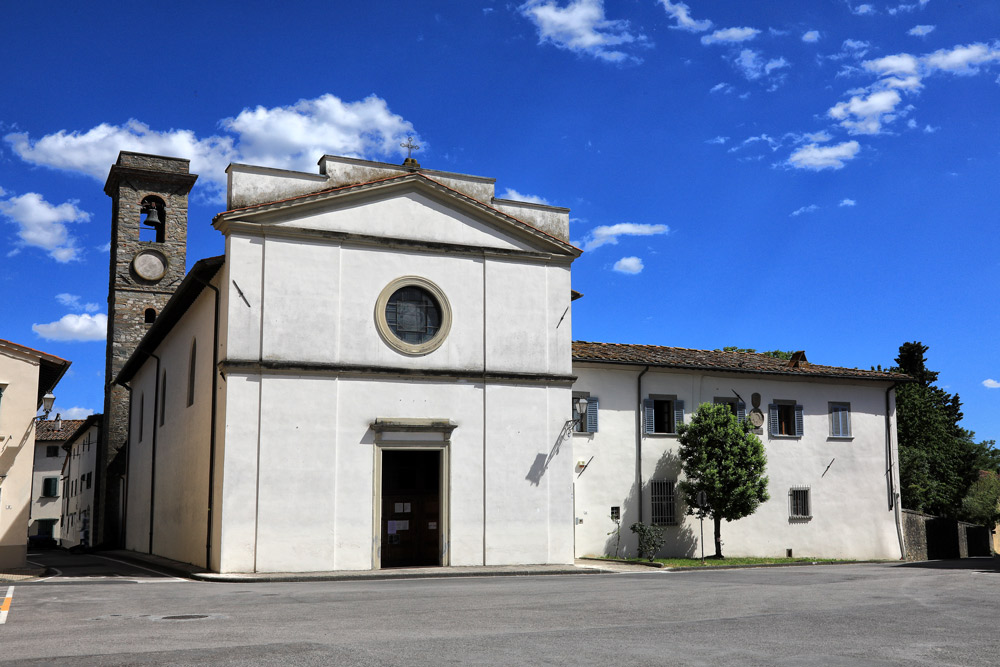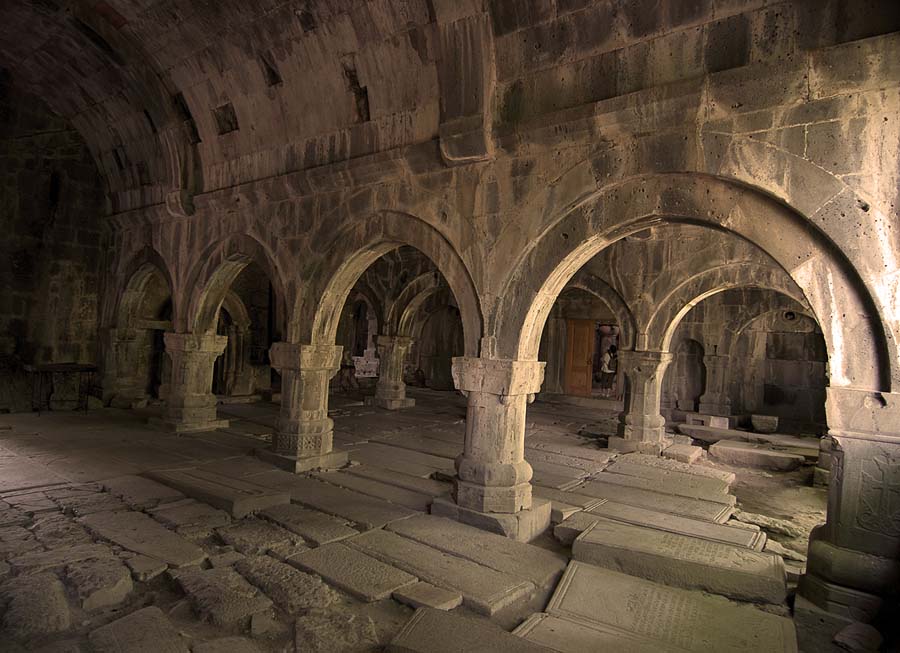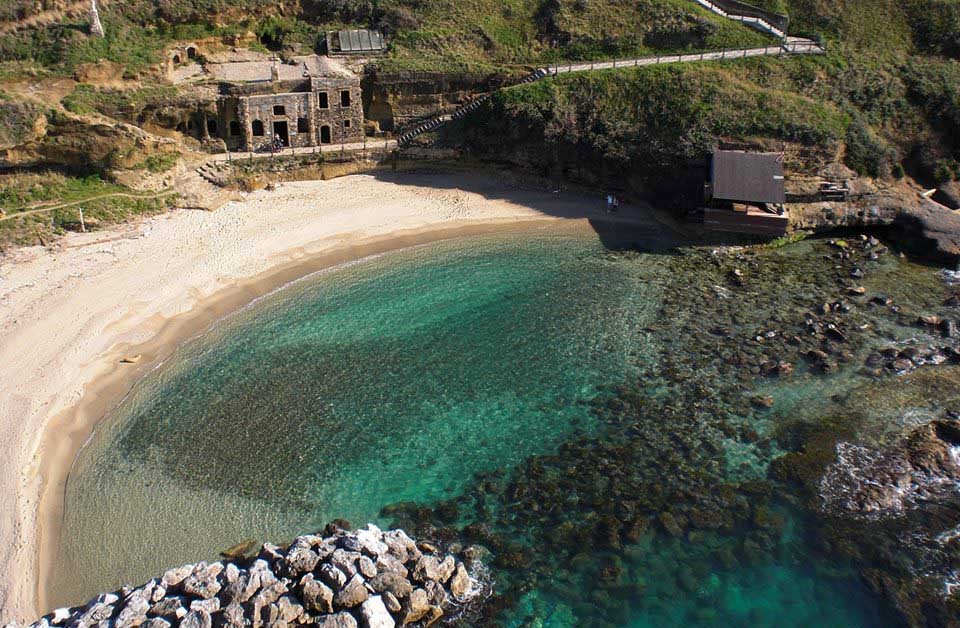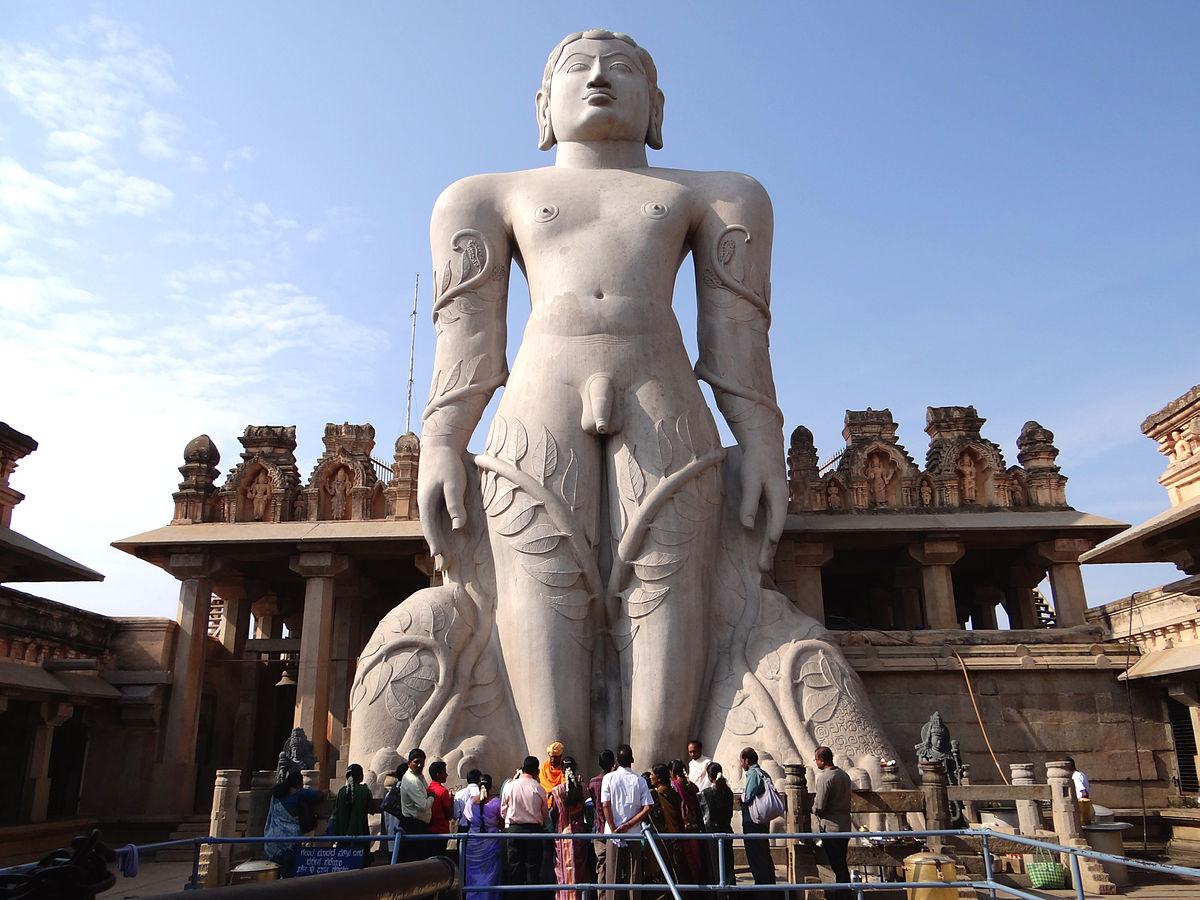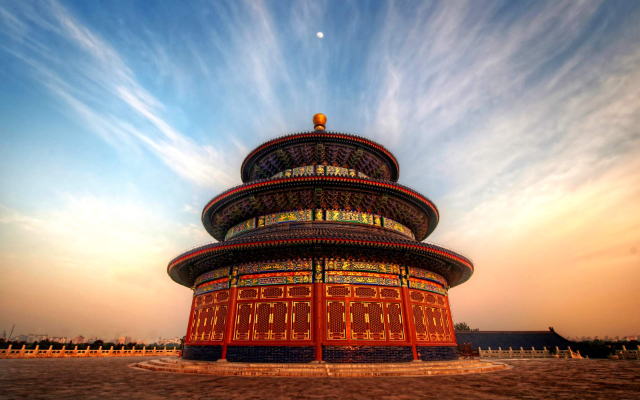he stupendous Church of St. Stephen, built in the 14th century, represents an important symbol of the transition from Greek to Latin culture.
Built around 1347, according to scholar Charles Diehl, it was probably dedicated to St. Sophia, as the oldest frescoes in the apse show, and it was Mary of Enghien who commissioned several frescoes in the small church that embody Byzantine oriental charm.
The Lecce stone facade has the Romanesque features of the portal with the rose window in pure Apulian tradition, a small oculus in the shape of a wheel with eight spokes, a source of real and metaphorical light with the divine and solar circle and the esoteric eight of rebirth and perfection. The blind arches along the facade evoke the Western, Byzantine, and Romanesque worlds and have different shapes, ogival, trefoil, and rounded. Linear moldings run along the basement and follow the inclination of the spire, interrupted by the bell tower, ribbed with Gothic elements, which contributes to the building’s momentum: the result is a simple elevation that combines Gothic and archaic Romanesque elements. The signs of time that have eroded the Lecce stone hint at what originally must have enriched the portal consisting of a prothyrum with frames and an architrave pierced with floral-geometric motifs ornaments lost as probably the painting depicting the titular saint of the church, Saint Stephen precisely, which must have been located in the lunette. The small church is reminiscent in type of that of Saints Nicholas and Cataldo in Lecce, Santa Caterina in Galatina, Santa Maria dell’Alto in Campi Salentina, Santa Maria d’Aurio in the countryside of Surbo, and the Abbey of Santa Maria in Cerrate.
The interior with a single apsidal plan covered by wooden trusses is a real treasure chest with the walls entirely frescoed with pictorial cycles datable between the 14th and 15th centuries. The oldest frescoes in the church are those related to the apse where the icon of Wisdom and the four Evangelists are depicted.
On the upper part of the apse is depicted the descent of the Holy Spirit on the Apostles praying around the Virgin, seated before the crenellated walls of Jerusalem. Between the hands of the saints and in the upper part of the fresco are cartouches written all in Greek. Particularly striking are the scenes on the south wall that depict in medieval style and with 15th-century clothing the miracles and martyrdom of St. Stephen; on the north wall, however, the life of Jesus Christ. On the lower part is a retinue of saints and holy men and women depicted standing and life-size. A splendid depiction of the Last Judgment made according to the traditional iconographic scheme of Byzantine art stands out on the counterfacade. In the center, high up in the rose window, are depicted Jesus with the Virgin Mary and St. John the Baptist at his feet; on either side are the twelve Apostles holding the Gospels. On the right and left are two angels blowing a trumpet, in the center the archangel St. Michael dressed in Angevin knight’s armor divides the two scenes on the right is Paradise with St. Peter holding the keys and holding the good thief’s hand on the left is Hell with the Devil in the center, made of black, embossed stucco riding a two-headed hellish monster as he devours the souls of the damned.
Scenes that stick in the mind of the visitor who is enchanted by this treasure chest and the oriental atmosphere, typical of Byzantine churches, that hovers lightly with the beam of light filtering through the rose window.
